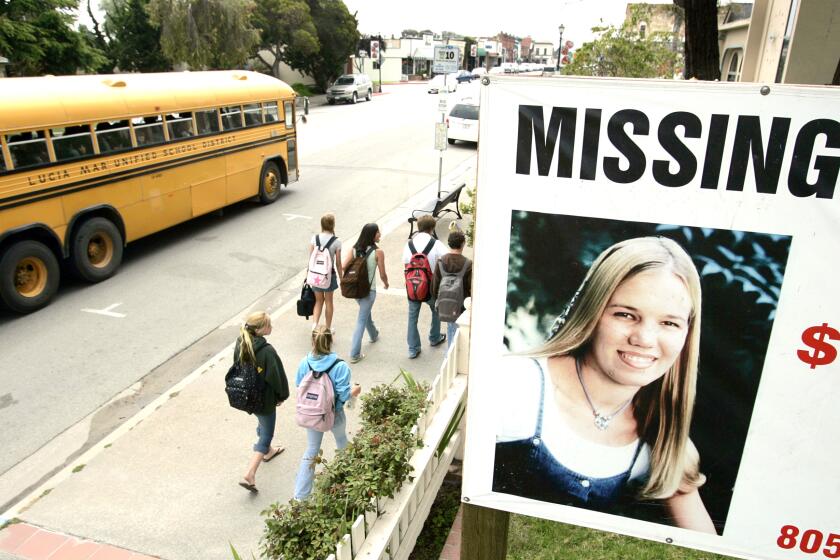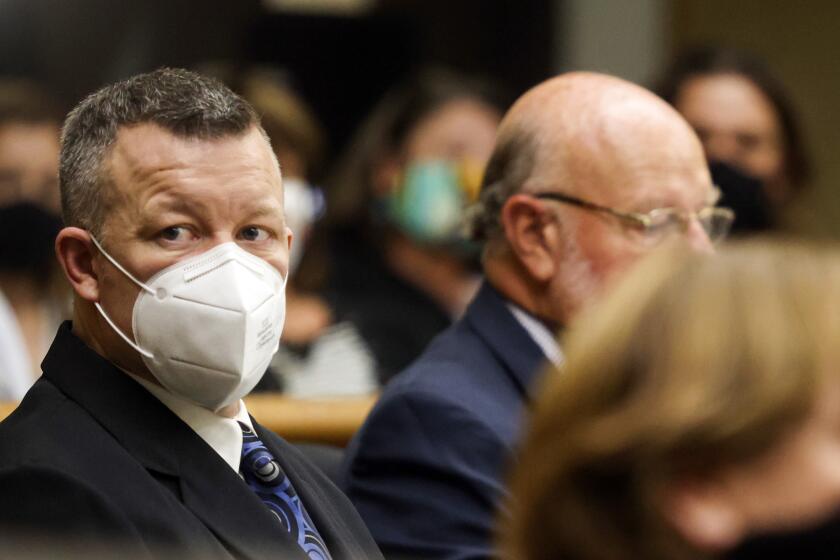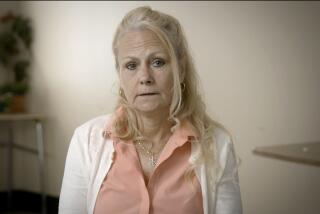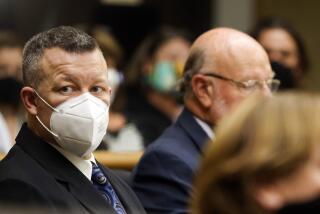Kristin Smart murder trial: Juror replaced during deliberations after talking to priest
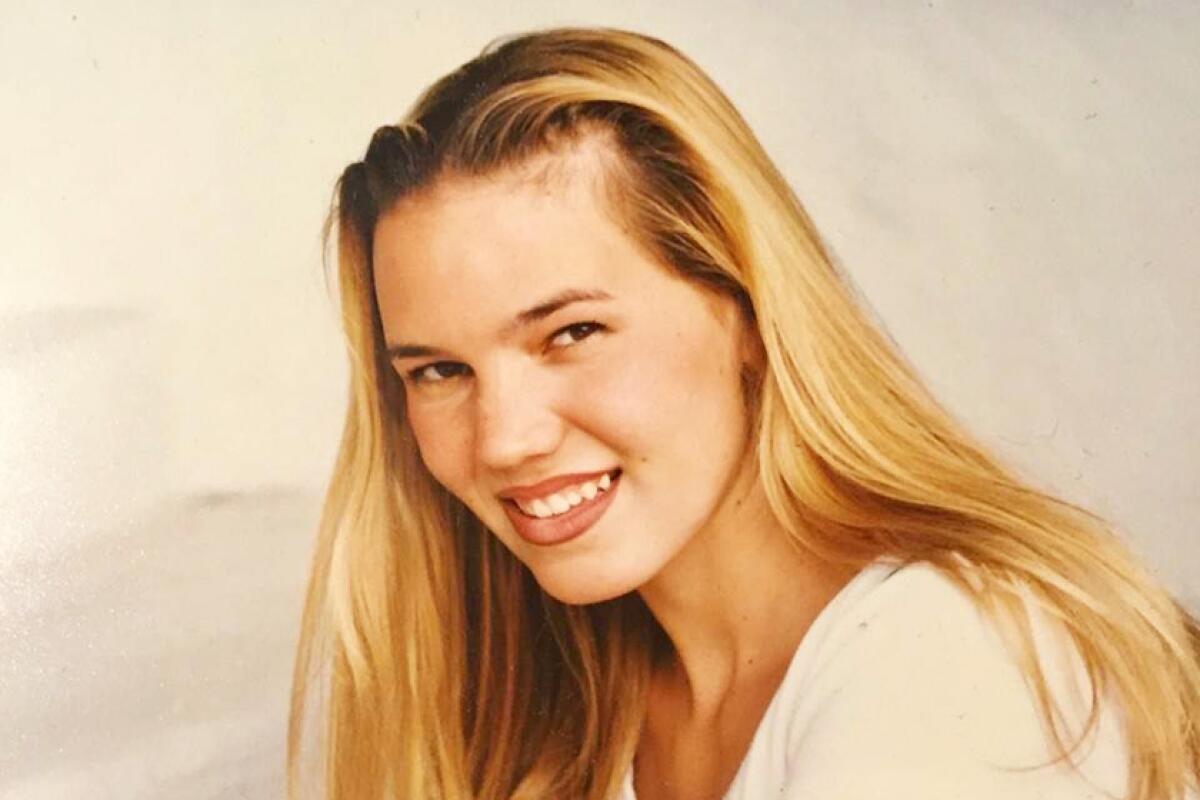
The jury considering the fate of Ruben Flores, who is accused of aiding his son Paul Flores in the murder of Cal Poly San Luis Obispo student Kristin Smart, must begin deliberations again after one of the jurors had to be replaced Thursday after talking to his priest.
Monterey County Superior Court Judge Jennifer O’Keefe excused Juror No. 262 on the fourth day of deliberations after a female juror informed the court the man had admitted to speaking to his priest during confession about his struggles with the case.
Chloe Jones of the San Luis Obispo Tribune broke the news of the juror’s replacement.
The father of murder suspect Paul Flores is charged with accessory. Two juries are deciding the men’s fate.
The juror said he did not discuss any specifics of the case but said he had to cleanse his body. “There’s people’s lives at stake,” he told the judge, according to the podcast “Your Own Backyard.”
O’Keefe also heard from the female panel member, who had sent a note to the judge reporting the incident. She told the judge the male juror indicated to her he could only discuss the case inside the confessional. However, O’Keefe has warned both juries in the trial not to discuss the case with anyone, including spiritual advisors.
Flores, 81, is being tried along with his 45-year-old son, Paul Flores, in the murder of Smart, who went missing after a Memorial Day party in 1996. Two juries heard evidence simultaneously during the 11-week trial before beginning separate deliberations last week.
To find Ruben Flores guilty of accessory to murder, the jury must first find that his son committed first- or second-degree murder.
O’Keefe said that the appearance of impropriety could be as bad as actual impropriety and that she needed to protect the record in the case. She opted to excuse the man and swear in an alternate — a woman — while directing the jury to begin deliberations again from scratch.
San Luis Obispo County Deputy Dist. Atty. Chris Peuvrelle told jurors during closing arguments that Ruben Flores helped his son conceal Smart’s remains under the deck of his Arroyo Grande, Calif., house for decades.
Peuvrelle said that when Paul Flores killed the college student in May 1996 inside his dorm, he made a call. “He knew the one person who would help with a dead girl on his bed was his father,” the prosecutor said. “It was his version of a 911 call.”
Closing arguments begin in the trial of Paul Flores, accused in the 1996 killing of college student Kristin Smart.
Peuvrelle said Flores raped or attempted to rape and eventually killed Smart, 19, before hiding her remains with the help of his father. Although Smart’s body has never been found, she was declared legally dead in 2002.
The prosecutor said testimony from two women — identified during the trial as Sarah Doe and Rhonda Doe — who said Flores raped them decades after Smart vanished supports the prosecution’s theory that he sexually assaulted Smart, then killed her and hid her remains.
Her body was the key evidence of a crime, Peuvrelle said, noting: “Ruben Flores has been helping him for the last 26 years.”
But Harold Mesick, Ruben Flores’ attorney, said Smart may still be missing.
“The state has done a great job of demonizing Paul Flores and my client,” the defense attorney said in his closing remarks. But “my client is absolutely innocent. He has not dug a grave in his life. I think this case screams reasonable doubt.”
Mesick called the prosecution’s theory that Ruben Flores helped his then-19-year-old son move a body from his dormitory room and bury it beneath his deck — where the remains were allegedly removed in 2020 — “ludicrous.”
“There are no bones, no teeth, no body parts. Kristin Smart may be just missing,” he said. “She was not happy at Cal Poly. It is reasonable to infer she is alive somewhere.”
The mystery over the 1996 disappearance of Kristin Smart took a new turn Wednesday when a judge ruled that Paul Flores will be tried for murder.
Smart was last seen walking with Paul Flores near residence halls on campus on May 25, 1996, after attending a party. But Peuvrelle told jurors that Flores, a fellow Cal Poly student, had “hunted” her for months, frequently appearing where she was, including her dormitory.
The night of the party, he appeared out of the darkness to walk her home after she had passed out on a lawn, the prosecutor said.
Since the trial’s start in July, Peuvrelle has sought to piece together a narrative of how during a four-day period when Flores was not seen on campus, he allegedly removed Smart’s body with the help of his father and buried it beneath the deck of his father’s Arroyo Grande house.
Ruben Flores, the prosecutor alleged, kept people away from the deck for years. Then, in 2020, as police were zeroing in on the house, a neighbor testified that she saw a trailer back up to the property.
Peuvrelle said that when officials eventually searched Flores’ home after his arrest in April 2021, they found a “trophy room” with multiple items tied to the Smart investigation, including a note that stated, “Dig the yard.”
On Tuesday, San Luis Obispo County authorities arrested longtime suspect Paul Flores along with his father in connection with Smart’s slaying.
A soil scientist and archaeologist testified that ground radar readings showed an anomaly in the soil and indications of bodily fluids that were consistent with a body having been buried and removed, the prosecutor repeatedly reminded jurors. The hole was 6 by 4 by 4 feet. Archaeologist Cindy Arrington, Peuvrelle noted, said that the hole was dug by hand and that fluid had leaked into the soil slowly, creating a bath-like ring.
Showing slides from a PowerPoint presentation, Peuvrelle said that a chemical test conducted by an independent lab showed “positive” for the presence of human blood in the soil, and that fibers recovered from the soil matched the colors of Smart’s clothing.
Mesick, however, said expert defense witnesses indicated the blood test that was used is invalid for soil. He said there would have been gallons of liquid had a body been there.
“The amount of blood is so minuscule ... it could be anyone’s blood. It could be Ruben Flores’ blood,” he said. “I am going to tell you it is not Kristin Smart’s blood.”
More to Read
Sign up for Essential California
The most important California stories and recommendations in your inbox every morning.
You may occasionally receive promotional content from the Los Angeles Times.
